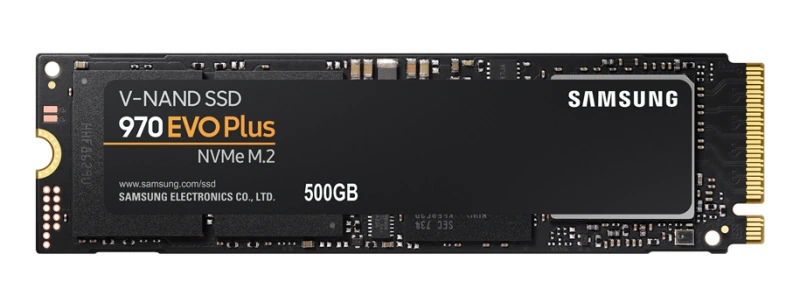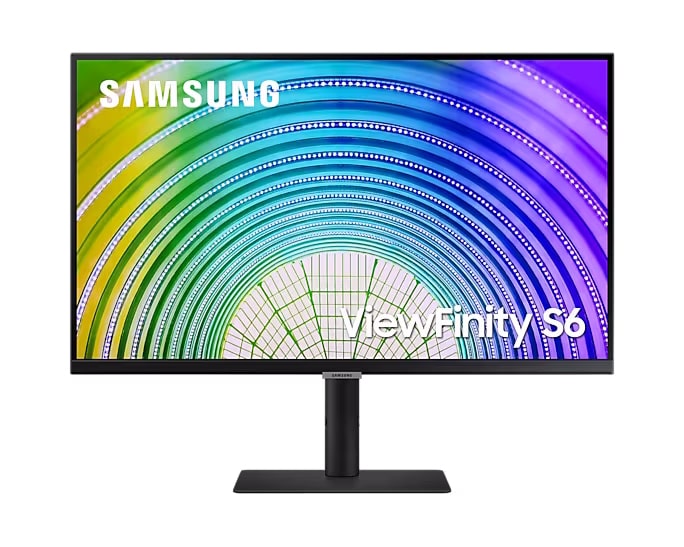I recently bought a new SSD drive for my desktop computer, but not just a regular SATA SSD, but an M.2 drive.
Review of Samsung 970 EVO
In this post I will share some of my experiences about my new SSD drive from Samsung. I bought this SSD drive, some weeks ago and it is amazing. I had a Corsair SSD before, that I thought was fast already, but switching to this new NVMe M.2 technology has been amazing. It was not as big an improvement as when I was getting my first SSD, but it was still a pretty good experience.
What is M.2?
The SSD have really pushed the limit on hard drives that used to be a big bottleneck when we all had mechanical hard drives in our computers. The first SSD drives on the marked, were small, very expensive and had very little storage capacity compared to regular hard drives at the time. Now that almost all new computers come with an SSD drive as default, the manufactory of storage are pushing the limits on both storage capacity and speed all the time. In fact, they have pushed the limit so much, that the SATA standard, connecting the drive to the motherboard has been the new bottleneck when it comes to storage. Because of that, most new motherboards, both laptop and desktop motherboards, comes with a new storages interface named M.2. As you can see above these new hard drives most of all looks like a memory block in size and shape.
SATA Vs. M.2
The SATA 3.0 standard has a maximum speed of 600 MB per second, while the M.2 PCIe technology have a theoretical speed of 4 GB per second. That is because the M.2 standard has directly access to the PCIe bus on the motherboard. M.2 can also take advantage of the NVMe protocol that reduce latency and lower power consumption.
Installation of my M.2 SSD
To install the M.2 drive in your computer, you should inspect the manual of your motherboard. Some motherboard has multiple slots for the M.2 devices and it might look different from board to board. On my motherboard there is 2 connectors. I used the one I have highlighted in a red circle on the picture below.
One thing I was missing when installing my new disk was the little screw to mount it on my motherboard. These screw does not follow the SSD drive, but comes with the motherboard. It would have been nice if Samsung had included a little screw with the disk in case you can’t find the screw that came with your motherboard anymore. Other than that, I only had to adjust my boot settings in UEFI to boot on my new disk. I choose to install Windows 10 from scratch and then move my old Windows profile from my old installation, using the DISM commands scanstate and load state
Specification of Samsung 970 Evo Plus
- Sequential read: Up to 3.400 MB/s
- Sequential write: Up to 1500 MB/s
- Random read: Up to 200.000 IOPS
- Random write: Up to 350.000 IOPS
- Trim Support: Yes
- Form Factor: M.2 (2280)
- Interface: PCIe Gen 3.0 x4, NVMe 1.3
- Memory Type: Samsung V-NAND 3-bit MLC
- Cache memory: 512 MB low power DDR4 SDRAM
- S.M.A.R.T Support: Yes
- Warranty: 5 years
Be aware that this product is available in both 250 GB, 500 GB, 1 TB and 2 TB. For more specifications see Samsungs product page
Conclusion of M.2 SSD
So, should you invest in a new M.2 SSD if your motherboard supports it? I would say it depends on your need and what kind of disk you have today. If you already have a fast SSD disk and are only using your computer for e-mail and surfing the web, you will not see any big impact. For me, the biggest difference has been booting of Windows 10 and working with databases or virtual technologies like Hyper-V. Here you will get the biggest benefits from a new M.2 SSD disk. For extreme gaming I guess there also could be a big impact depending on where your performance bottleneck is.
Feel free to drop me a comment below or ask me a question.







